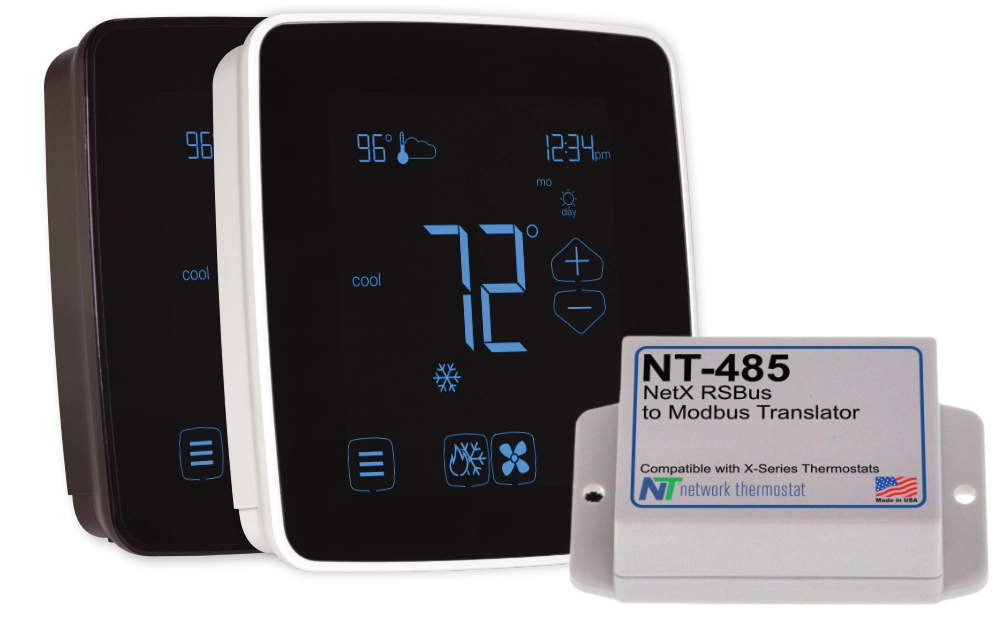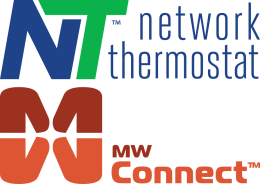
If you manage a large facility and have experience with its climate and temperature requirements, chances are you've come across the term "Modbus". But what is Modbus, and how can it be used in facilities management and building automation systems?
In this article, we'll explore the basics of Modbus communication protocols and how they can be used to improve the efficiency of your operations.
Talk with a Modbus Expert Today!
What Is Modbus and How Is It Used in Facilities Management and Building Automation Systems (BAS)?
Modbus communication protocols are a widely-used industrial software solution that allows machines, pumps, and other electronic devices to interact with each other. Modbus is an open, application layer protocol designed by Modbus Organization in 1979. Modbus Organization is a non-profit association composed of companies dedicated to furthering Modbus technologies. Modbus facilitates communication between distributed systems, making it the perfect protocol for facilities management and Building Automation Systems (BAS).
Modbus can connect a plant or system's supervisory computer– or any Modbus TCP/IP device – to distributed controllers using basic ladder logic. This makes Modbus an ideal choice for any organization looking for powerful communication solutions when managing facilities and BAS systems.
The Different Types of Modbus Communication Protocols
Modbus RTU (Remote Terminal Unit) is the most basic form of Modbus, usually relating to communications between multiple devices linked serially or via parallel ports.
Modbus ASCII uses an ASCII format instead of the binary formatting which Modbus RTU uses.
Modbus TCP/IP bridges the gap between Modbus RTU and Modbus ASCII. It implements ModBus on top of an IP network, making it easier to connect ModBus networks over larger areas than traditional wiring bundles allow.
ModBus Over UDPs breaks up communication into tiny packets allowing greater flexibility in how messages are routed throughout the facility or building automation system’s structure.
All these types of Modbus communications can be used effectively and efficiently depending on the size and complexity of the building automation systems and associated requirements. The outcomes are reduced costs and greater operational safety.
How to Implement Modbus in a Facilities Management or BAS System
Implementing the Modbus open standard within a facilities management system is an important step for many building automation contractors looking to maximize automation and efficiency. Data types are especially important when utilizing this communication protocol. This factor often determines the way data is handled in the system, using formats such as IEEE 754 32-bit floating-point numbers or 32-bit integer values. It is also possible to use 8-bit data packets to make data transfer more efficient; these could also be used alongside larger binary messages to further streamline processes.
Before implementing Modbus, it is essential that organizations understand what type of data will be accessed and transmitted. Data type affects which communication protocol should be used. With careful consideration and planning, Modbus can increase communications speed and allow devices to work together seamlessly.
The Benefits of Using Modbus Communication Protocols in Facilities Management and BAS Systems
Modbus communication protocols have been modernizing how Building Automation Systems utilize automation and data exchange in their systems. As an application protocol for monitoring, inspecting and controlling real-time networks for industrial automation processes, Modbus enables a single device to connect with a plant or system supervisory computer and pass desired information back and forth.
Modbus communication protocols simplify control systems making them user-friendlier while still being able to monitor, diagnose, isolate, and troubleshoot network issues quickly. This can improve operational reliability and efficiency while reducing costs overall.
In conclusion, Modbus communication protocols are ideal for integrating electronic devices and remote networks into your Facilities Management or Building Automation System. Not only do they help link up different components, but they provide maximum efficiency through reliable data transport without the need for extra hardware.
By implementing a protocol such as the Modbus RTU protocol into your system, you can ensure that all of your network-connected electronic devices and components will operate flawlessly as a single system. To ensure the highest level of performance throughout your facility, work with a professional integrating expert to determine the right choice in terms of Modbus communication protocols for linking together VAV/VVT controllers, actuators, sensors, and pumps.



